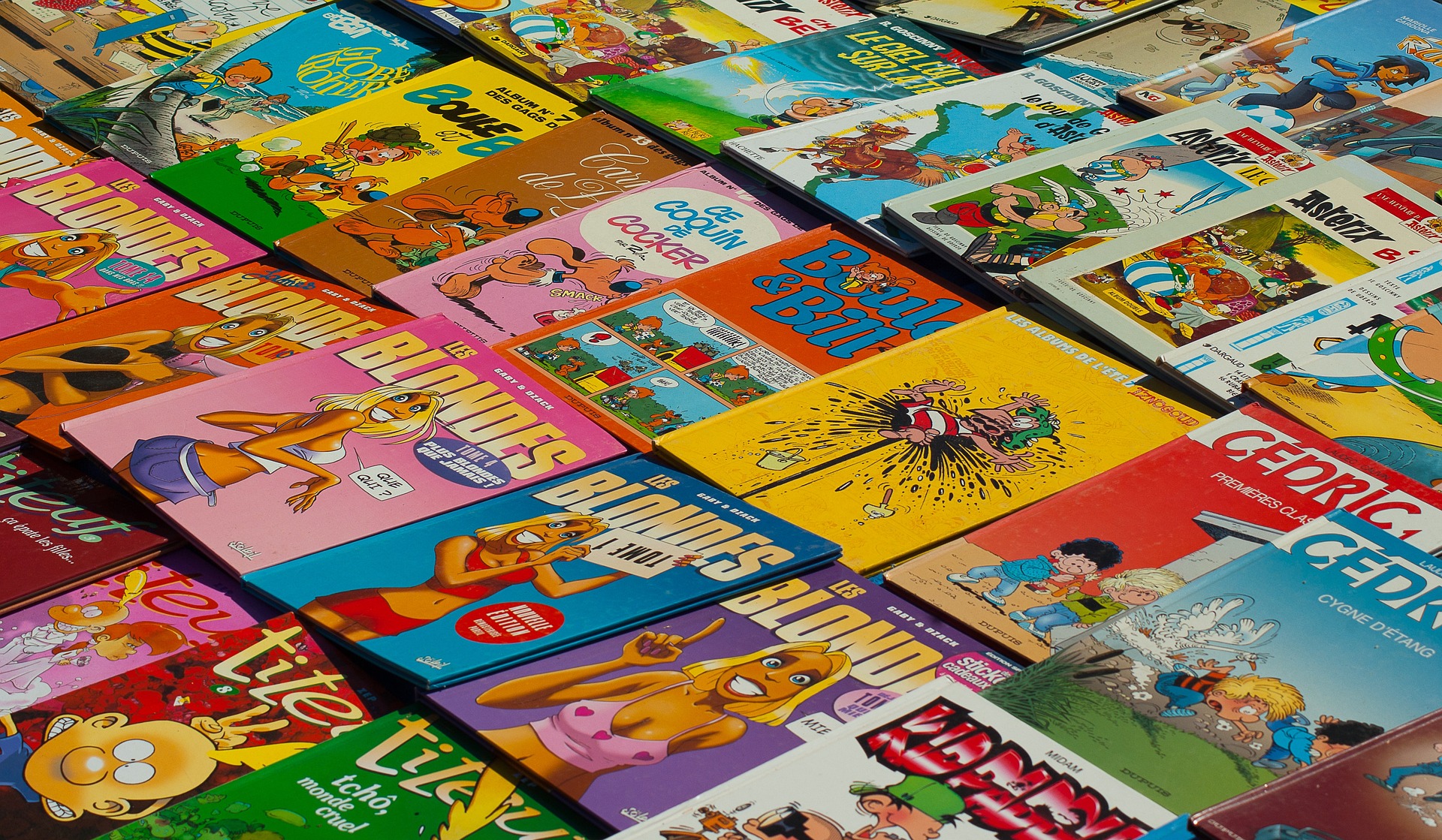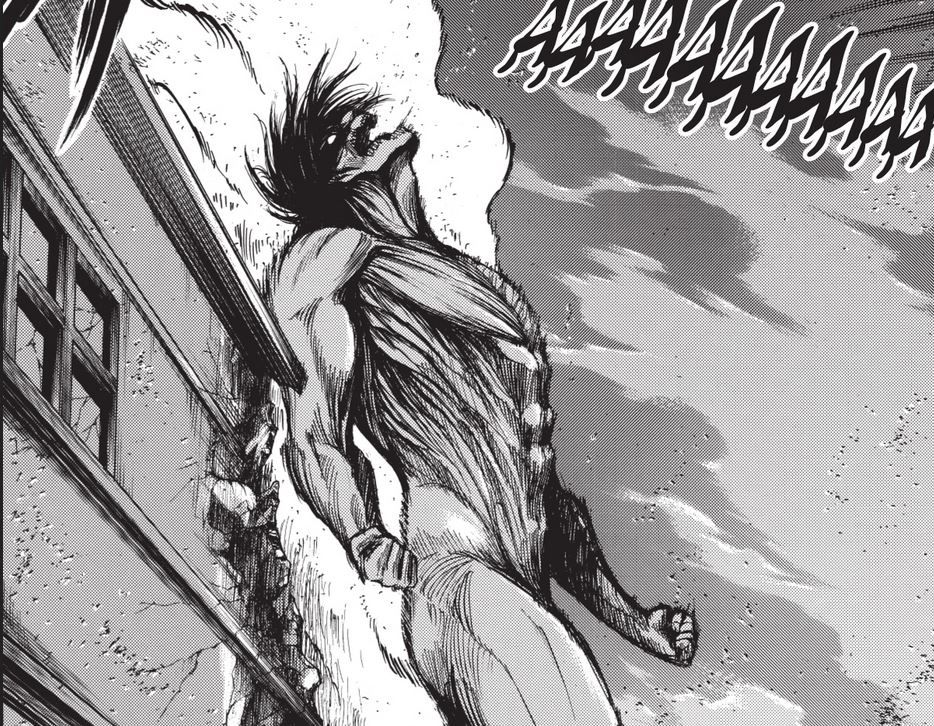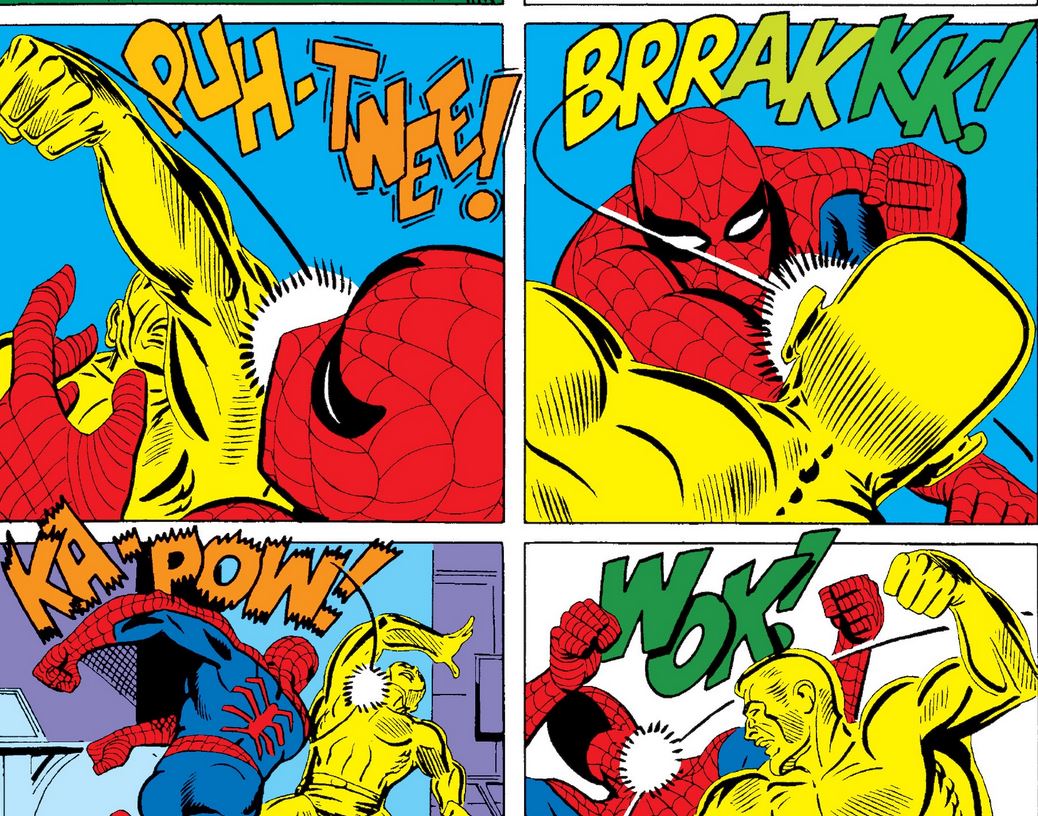Manga, is a very influential form of entertainment, especially in the Japanese entertainment world. To give a frame of reference the two biggest Mangas to date, Eiichiro Oda’s Shounen One Piece, and Akira Toriyama’s Shounen Dragon Ball have sold 516 million and 300 million Mangas to date. This is huge, even if we compare it to most modern-day box-office hits such as the Avengers or Avatar.
Manga, as a form of entertainment, is comparable to comic books, not only from a consumer-based perspective but also in terms of plot, pacing, and even panel creation. This means that Manga like Comic Books is indeed a form of fictional literature. Since it’s basically a book.
If you want to know more about Manga, keep reading.
What Is Manga?
Manga, in its most crude and unrefined definition refers to fictional comic books, novels, or graphic novels written by Japanese authors in a specific Japanese Manga style. Although similar to comic books, this style greatly differs from its counterpart, especially in terms of art, design, and plot.
Manga, as a form of entertainment, is huge, not only due to its consumer quantity but also because of its varied demographics and genres that go all the way from the dark, gory, and gothic to wholesome, sunshine, and rainbows. This is particularly because of Japan’s view on Manga culture.
Comic books are typically associated with kids or superheroes in the west.
In Japan, writers realized decades ago that it is simply a medium for them to publish whatever content they want, irrespective of being kid-friendly.
The Manga industry is massive and encompasses nearly all of the same genres as traditional literature.
Mangas are for everyone in Japan, regardless of age, gender, or race.
What is literature?
Literature is the written word that has a profound and long-lasting impact on those who read it. It is often rich in symbolism, ideas, and artistic/aesthetic qualities.
Literature has the power to change the world, or at least the people who read it. It’s witty, brutally honest at times, dramatic, existential, and occasionally amusing. Above all, it has enduring worth that reaches readers decades (and even centuries) after it is written.
It permeates through culture in a variety of ways, whether it’s a film adaptation or a graphic novel highly affected by the work itself. Literature endures.
What type of Mangas are there?
To further reinforce the fact that Manga, is just a form of literature, I’ll be talking about its various genres and demographics.
Note that Manga is very diverse, and there’s no way I can cover every genre and demographic.
So I’ll be going through the top 4 genres. Here’s a table that covers the 4 most popular genres, described briefly.
| Genre | Setting |
| Shōnen | Shōnen manga is primarily marketed toward the male teen readership. The themes in shonen Manga include sub-genre like martial arts, mecha, science fiction, sports, horror, or mythological creatures. |
| Seinen | Seinen manga is aimed to attract young adult men. Seinen Manga mostly focuses on action, politics, science fiction, fantasy, relationships, sports, or comedy. |
| Josei | Josei manga also known as lady’s comics, the most popular themes of josei Mangas are typically drama, romance, or pornography. |
| Isekai | Isekai is a fantasy-based genre where the mc is teleported to, reborn, or trapped in a fantasy or parallel unfamiliar universe. Some Isekai even has beings from other universes that visit planet Earth. Isekai uses world-building to develop an unfamiliar and adventurous setting. |
Are Manga and Anime related?
Well, the answer is yes and no, Anime is always related to Manga, but Manga doesn’t necessarily have to be related to Anime. You might be wondering why that is, allow me to explain.
Anime is a Japanese word for ‘animation’ which means that all animated works, including movies, series, TV shows, or even short stories, are all part of Anime, granted if they fit two basic criteria:
- They have to be animated, either hand-drawn or through the use of graphics-intensive software
- They have to be produced by Japanese productions studios or authors
- They have to follow some sort of source material, this is in most cases, the original Manga
This means that Anime is but an animated adaptation and reimagination of an already published Manga novel, and has to follow the basic plot of that said Manga. Although huge deviations between the plot of the original source material Manga, and the adapted Anime is not very uncommon, it sometimes goes as far as animation studios creating and removing entire arcs.
This should also go without saying, but most modern-day Anime follows the same demographic/genres as Mangas.
What’s the difference between Manga and Comic books
Let’s get the obvious difference out of the way, comic books have western roots whereas Mangas have exclusively Japanese roots. Besides the country of origin, there are various other differences as well, for example.
The color palette of comic books is much more dynamic, colorful, and vivid, compared to Mangas, as Mangas mostly use a Monotone, black-and-white color palate, which is why Mangas are so easy and cheap to mass-produce. It’s also why Mangas are much more affordable and easily available than comic books.
However, there are a few special editions of colored Mangas and Manga Panels, but they are rare.
One would think due to the sheer difference in color vividity, comic books would be more eye-candy to readers, compared to Manga, This is where they are wrong. Manga art styles are pretty much incomparable when it comes to art, they are usually hand-drawn and a single page can sometimes take entire weeks to be drawn, even by professionals.
Whereas comic books use a more childish and simpler art style, which isn’t necessarily bad, but it’s not as jaw-dropping as Manga.
Another big difference would be the usage of text and literature between panels.

The example above, is a textbook description of what a comic book looks like, although it might be a little heavier on the text than most other comics, the point still stands however, there’s just too much to read in a single frame. This isn’t true for Manga.
Manga in this way is a stark contrast, it focuses much more on the panel and art style than it does on the literary section.

Finally, while the use of onomatopoeia in comic books is well-known, it is not always the case in Manga.

As an example, consider the image above. It’s a classical punch-up action scene between the MC and the villain with onomatopoeic words like “KAPOW” “WOK,” “BRAAK,” and “TWOOP.” Seriously, if you only view the page by glancing at it without reading the text, you won’t understand what’s going on.
Is manga considered literature?
Technically manga is indeed considered literature.
Literature is broadly defined as published books and writing.
Literature includes anything that has been published in book form, or that has been printed with writing for the goal of distribution.
Personally, I prefer anime and books to manga; nonetheless, claiming that manga is not literature because of stereotypes or because it is not completely written language would be pretty snobbish. Manga, like novels, has many diverse types with various tropes and levels of cerebral.
Conclusion
- Manga is a highly effective form of entertainment, particularly in the Japanese entertainment industry.
- To put this in context, the two most popular Mangas to date are Eiichiro Oda’s Shounen One Piece and Akira Toriyama’s Shounen Dragon Ball, which have sold 516 million and 300 million copies, respectively. This is massive, even when compared to most modern-day box-office hits like Avengers or Avatar.
- Manga, in its most basic and unrefined form, refers to fictional comic books, and novels written in a specific Japanese Manga style by Japanese authors.
- This style, while similar to comic books in some ways, differs greatly from its counterpart, particularly in terms of art, design, and plot.
- This means that Anime is merely an animated adaptation and reimagination of an already published Manga Novel, and must adhere to the basic plot of that said Manga, despite the fact that huge deviations between the plot of the original source material Manga, and the adapted Anime are not uncommon; in fact, animation studios have been known to create and remove entire arcs.
- When compared to Mangas, the color palette of Comic Books is much more dynamic, colorful, and vivid, as Mangas mostly use a Monotone, black-and-white color palette, which is why Mangas are so easy and cheap to mass-produce, and also why Mangas are much more affordable and easily available than Comic Books.
- There are, however, a few limited edition colored Mangas and Manga panels.